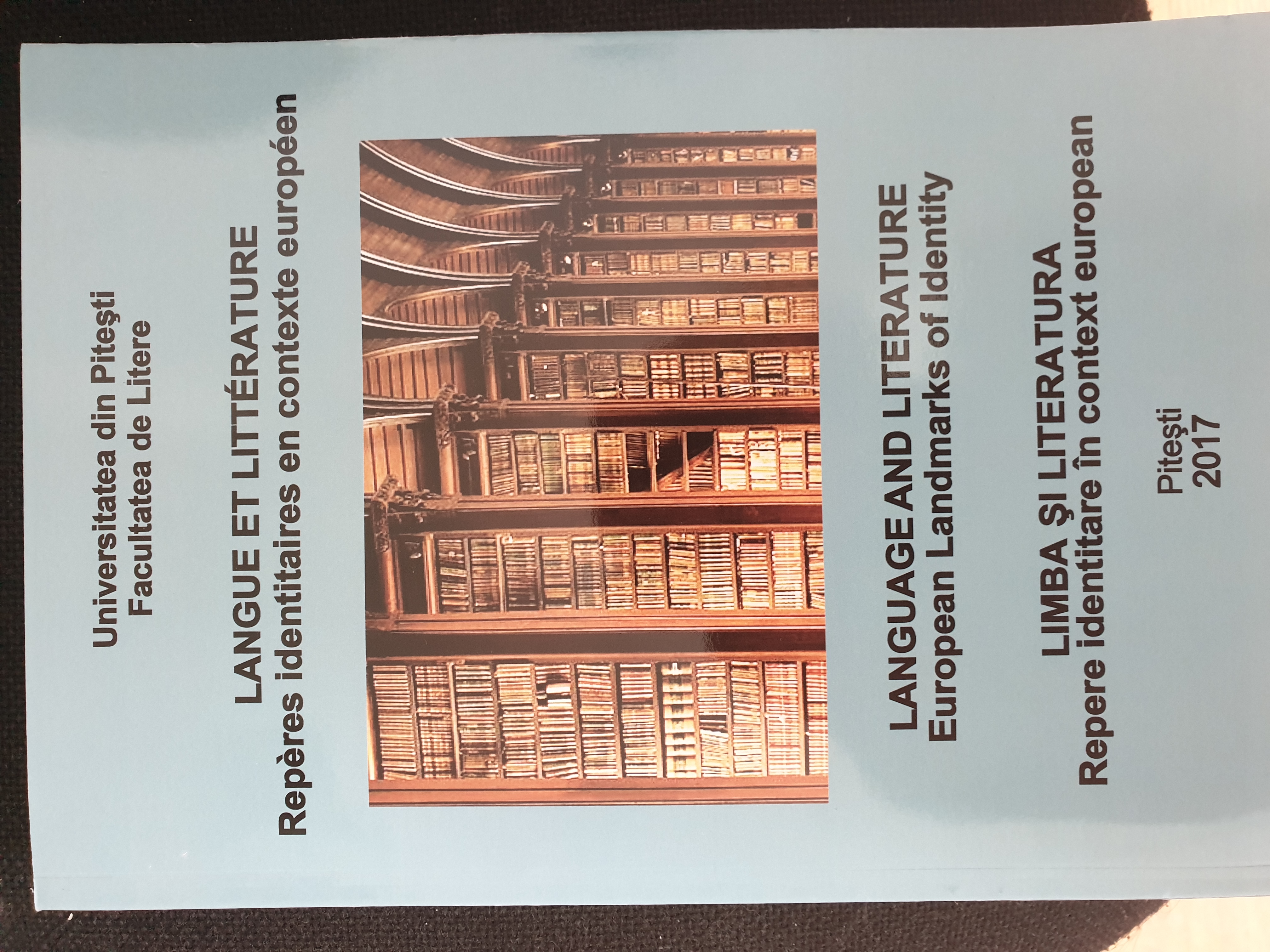THE CULINARY VOCABULARY. NATIONAL DISHES AND NATIONAL LANGUAGES AS CONSTRUCTS OF NATIONAL IDENTITIES
THE CULINARY VOCABULARY. NATIONAL DISHES AND NATIONAL LANGUAGES AS CONSTRUCTS OF NATIONAL IDENTITIES
Author(s): Adina Matrozi-MarinSubject(s): Language and Literature Studies, Sociolinguistics
Published by: Editura Universităţii din Piteşti
Keywords: food; language; national identity
Summary/Abstract: This article is an overview of the relationship between food and language, first and foremost as symbols and manifestations of a specific culture. In connection to this idea, we also discuss the role of culinary diplomacy as one of the oldest forms of diplomacy, but only recently emerging as a scholarly field. Our dependence on food, which is one of the basic elements in our lives and also one of the oldest forms of exchange, is most of the times the element that brings us together and “softens” the differences between us. Even though it still is a new and understudied field, culinary diplomacy (also known as gastrodiplomacy or diplomatic gastronomy) has been in practice “[…] since the first-time Neanderthal hunters sat around their kill together” (Ruddy, 2014: 29). Food has long been regarded as an important identity marker and researchers have suggested that natural foods together with national languages construct national identities. Similar dishes may indicate cultural contact or common ancestry, which is the same with similar words or grammatical structures. Borrowing of words denoting food items can be seen as proof of cultural contact. Lakoff (2006: 150, apud Gerhardt, 2010: 14) claims that the high number of new terms for food in the US over the last quarter century proves the rising significance assigned to food as a marker of identity. Today it is imperative to have knowledge of culinary terminology from French, Italian, Spanish, Chinese, Japanese, Hindi or Thai in order to read a menu. The last part of the article is focused on a brief analysis of the main culinary word formation processes in English.
Journal: LIMBA ȘI LITERATURA – REPERE IDENTITARE ÎN CONTEXT EUROPEAN
- Issue Year: 2017
- Issue No: 21
- Page Range: 322-329
- Page Count: 8
- Language: English

